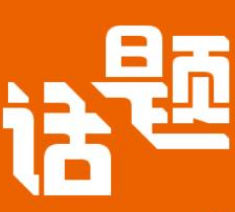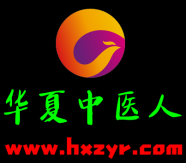The Five Elements Theory of Traditional Chinese Medicine is an ancient medical philosophy that links diseases with the Five Elements by observing and analyzing patients' symptoms, pulse patterns, tongue patterns, etc., in order to determine the pathogenesis and guide treatment. This theory suggests that the five internal organs and organs of the human body are correspondingly related to the elements of the five elements, influencing and constraining each other, forming a complex network system. By studying this system, doctors can understand the essence of diseases and develop more accurate and effective treatment plans.
The Five Elements Theory of Traditional Chinese Medicine requires doctors to possess profound medical knowledge and rich practical experience. They need to be able to accurately determine which Five Elements the patient's symptoms belong to, as well as the relationship between these symptoms and other organs. By observing pulse and tongue conditions, doctors can further understand the patient's physical condition and the development trend of the condition. Through this information, doctors can determine the pathogenesis, i.e. the essence of the disease, and develop targeted treatment plans.
中医五行理论是一种古老的医学哲学,它通过观察和分析患者的症状、脉象、舌象等,将疾病与五行相联系,以此确定病机,指导治疗。这种理论认为,人体内部五脏和五腑与五行元素相应关联,相互影响,相互制约,形成一个复杂的网络系统。通过研究这个系统,医生可以了解疾病的本质,制定出更准确、更有效的治疗方案。
中医五行理论要求医生具备深厚的医学知识和丰富的实践经验。他们需要能够准确判断患者的症状属于哪种五行元素,以及这些症状与其它脏腑之间的关系。通过对脉象和舌象的观察,医生可以进一步了解患者的体质状况和病情发展趋势。通过这些信息,医生可以确定病机,即疾病的本质,从而制定出针对性的治疗方案。



110X110.png)
110x110.png)






请登录之后再进行评论